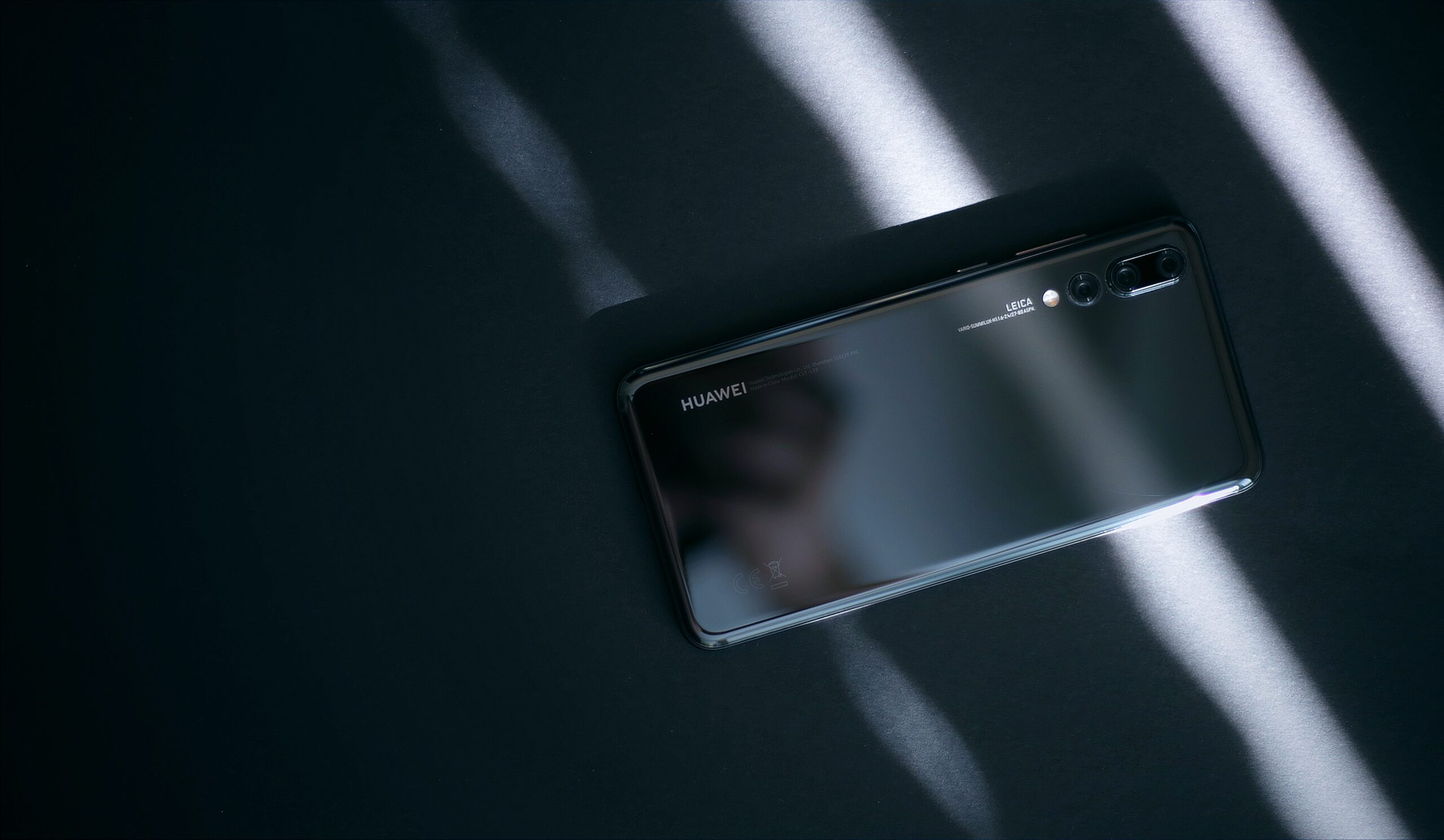
HONG KONG, Hong Kong (AP) — On Wednesday, Huawei released its own HarmonyOS mobile operating system for its devices, as it adjusts to losing access to Google mobile services two years ago after the US placed the Chinese telecoms company on a trade blacklist.
The Shenzhen-based company said its proprietary HarmonyOS system will be accessible on roughly 100 Huawei smartphone models in the fourth quarter of the year, as well as on some tablets and smart screens. The HarmonyOS user interface is superior to that of the Android era. In the Android age, we solved difficulties like device slowing down and lagging over time,” said Richard Yu, CEO of Huawei’s consumer unit, in an online product launch event on Wednesday.
“Our HarmonyOS is more functional and long-lasting, and it will be the best operating system in the internet of things era,” he stated.
According to data from market research firm Canalys, Huawei, once the world’s largest smartphone manufacturer, dropped out of the top five globally last year, being pushed away by Samsung of South Korea. As part of its efforts to mitigate the impact of the US sanctions, Huawei also sold its low-cost Honor smartphone line. The HarmonyOS smartphone launch is a workaround for the company’s lack of access to Google services, particularly for cellphones sold outside of the United States.
Huawei’s older devices will continue to run Google services despite the company’s blacklisting, but its newer devices will not have access to Google’s mobile services or updates. To address this issue, Huawei created the Huawei Mobile Services (HMS) platform, which allows developers to create apps for Huawei devices.
Because Google is restricted in China, Huawei users are unlikely to be harmed. However, analysts argue that the lack of access to Google services makes Huawei a less appealing option for international users who are accustomed to watching movies on YouTube or using the Gmail email software.
It might be difficult to popularise Huawei’s new harmony OS. Challenges to dominant operating systems, such as Microsoft’s Windows Phone and Samsung’s Tizen operating system, which is despised in the smartphone sector but is being used in smartwatches, have mostly failed.
“It’ll be exciting to see how much the Harmony OS interface design looks like and if there are some characteristics that give it a huge edge with some user groups,” Bryan Ma, vice president of client devices at market research firm IDC, said.
He stated, “It still comes back to all the discussion that’s been going on over the last several years, which is, if there are no Google services, that’s a significant concern.”
However, Huawei’s move to a mobile operating system that can run on smartphones could give it a new business model of distributing it to other smartphone vendors in China that might be eager to earn revenue by listing their apps on Huawei’s mobile services.
“HarmonyOS might be quite appealing to vendors who don’t have the resources to build their OS,” said Nicole Peng, vice president of mobility at Canalys.
